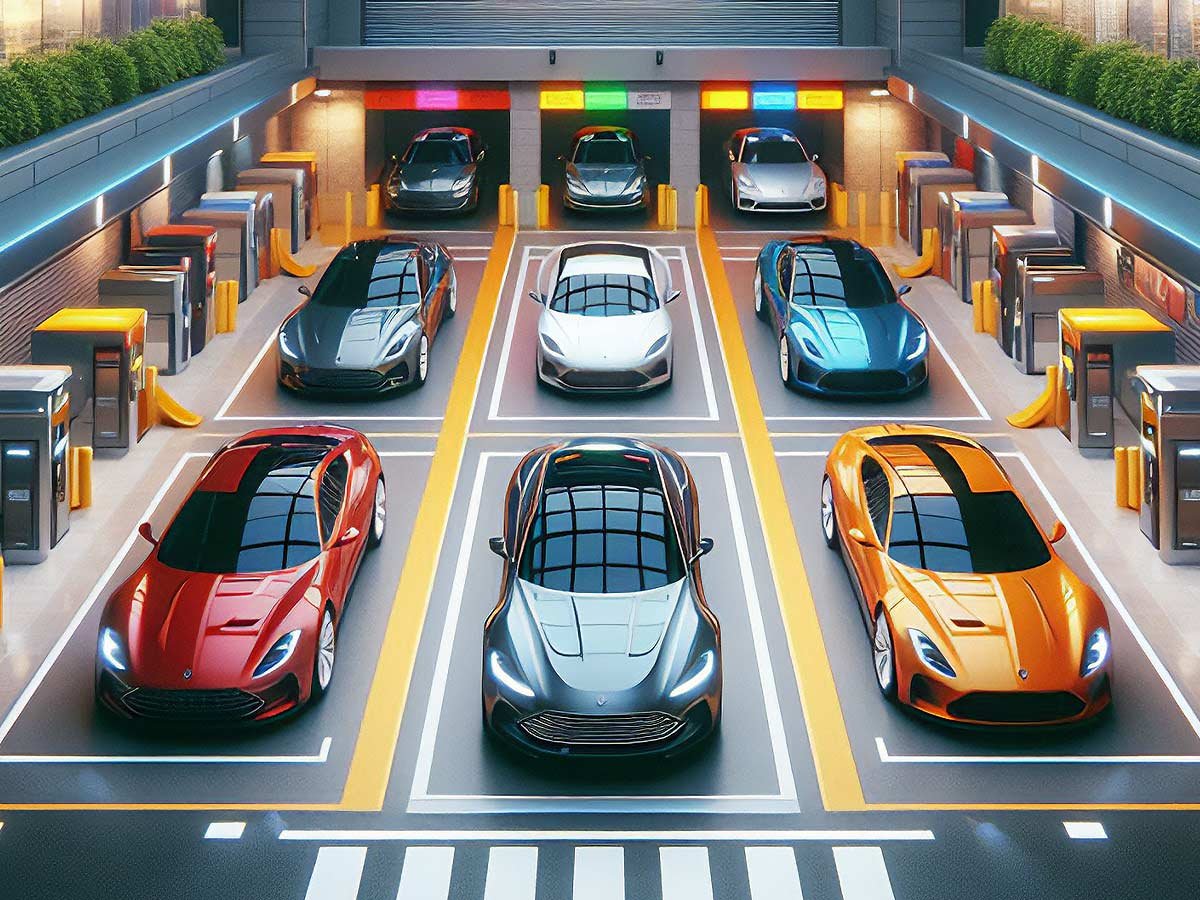Have you ever wished you could change the color of your car without having to repaint it? Imagine being able to switch from red to blue, or from black to white, depending on your mood, the weather, or the occasion. Sounds like science fiction, right? Well, not anymore. Thanks to some amazing innovations in paint and coating technology, color changing paint is becoming a reality.
What is color changing paint?
Color changing paint is a type of paint that can alter its hue or shade in response to different stimuli, such as light, heat, electricity, or pressure. There are different types of color changing paint, each with its own mechanism and application. Here are some of the most common ones:
Thermochromic paint
This paint changes color according to temperature. It can be either reversible or irreversible, depending on whether the color change is permanent or temporary. For example, some mugs have thermochromic paint that reveals a hidden message when filled with hot liquid. Thermochromic paint can also be used on cars to create dynamic effects, such as flames or stripes that appear or disappear depending on the weather.
Photochromic paint
This paint changes color according to light. It can be either UV-sensitive or visible light-sensitive, depending on the wavelength of light that triggers the color change. For example, some sunglasses have photochromic lenses that darken when exposed to sunlight. Photochromic paint can also be used on cars to create adaptive camouflage, such as a car that blends in with its surroundings or changes color to match the traffic lights.
Electrochromic paint
This paint changes color according to electricity. It works by applying a voltage to a thin layer of electrochromic material, such as tungsten oxide, that changes its optical properties when stimulated by an electric field. For example, some windows have electrochromic glass that can be tinted or cleared by a switch. Electrochromic paint can also be used on cars to create interactive displays, such as a car that shows its speed or battery level on its body.
Piezochromic paint
This paint changes color according to pressure. It works by incorporating microcapsules that contain a colorant and a solvent, which burst or deform when subjected to mechanical stress. For example, some toys have piezochromic paint that reveals a different color when squeezed or scratched. Piezochromic paint can also be used on cars to create sensory feedback, such as a car that changes color to indicate damage or wear.
What are the benefits of color changing paint?
Color changing paint offers many benefits for car owners and enthusiasts, such as:
Personalization
Color changing paint allows you to customize your car according to your preferences and personality. You can choose from a variety of colors and patterns, and change them whenever you want. You can also create unique effects, such as gradients, animations, or holograms, that make your car stand out from the crowd.
Protection
Color changing paint can also protect your car from external factors, such as dirt, scratches, or corrosion. Some color changing paints have self-cleaning, self-healing, or antimicrobial properties, that keep your car clean and fresh. Some color changing paints can also regulate the temperature of your car, by reflecting or absorbing heat, which can improve your comfort and fuel efficiency.
What are the challenges of color changing paint?
Color changing paint is not without its challenges, such as:
Cost
Color changing paint is still a relatively new and expensive technology, that requires specialized materials, equipment, and expertise. The price of color changing paint can vary depending on the type, quality, and quantity of the paint, as well as the size and complexity of the car. According to some estimates, color changing paint can cost anywhere from $300 to $20,000 per gallon, which is significantly higher than conventional paint, which can cost around $50 to $200 per gallon.
Durability
Color changing paint is also subject to wear and tear, that can affect its performance and appearance. Some color changing paints can fade, crack, or peel over time, due to exposure to sunlight, moisture, or chemicals. Some color changing paints can also lose their responsiveness, due to repeated or prolonged stimulation, or interference from other sources. Therefore, color changing paint may require more maintenance and care than conventional paint, to ensure its longevity and quality.
Legality
Color changing paint is also subject to legal and ethical issues, that can limit its use and availability. Some color changing paints can pose safety or environmental risks, such as toxicity, flammability, or pollution, that may require regulation or certification. Some color changing paints can also raise privacy or security concerns, such as identity theft, fraud, or espionage, that may require authorization or permission. Therefore, color changing paint may face some restrictions or prohibitions, depending on the country, state, or city where it is used.
Future Prospects
The future of color-changing paint is bright, with ongoing research and development aiming to address current challenges and unlock new possibilities. Some promising areas include:
Eco-friendly materials and processes
Instead of relying on harmful chemicals, color-changing paints could be formulated with bio-based pigments and resins derived from nature’s bounty, like plants and algae. This would reduce dependence on non-renewable resources and minimizes environmental impact
Advanced functionality
Color-changing paint can be imbued with advanced functionalities that enhance user experience. Imagine controlling the color of your car with a simple tap on your smartphone or voice command! This multi-color switching capability adds a personalized touch and can even change your car’s appearance to match your mood or the occasion.
Cost reduction
Addressing the cost concerns surrounding color-changing paints, manufacturers are focusing on developing more efficient and scalable production processes. This will ultimately lead to a more affordable product for a wider audience.
Conclusion
Color changing paint is a fascinating and promising technology, that can revolutionize the car industry and beyond. It can offer many benefits, such as personalization, protection, and communication, as well as some challenges, such as cost, durability, and legality. It can also have many future prospects, such as innovation, integration, and inspiration, that can shape the world in new and exciting ways. Color changing paint is not just a paint, but a potential game-changer.




































